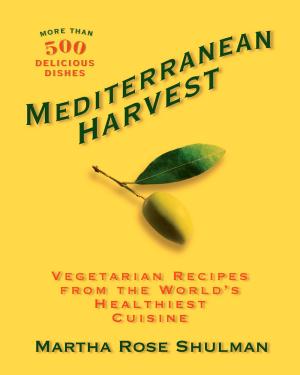Paleo Slow Cooker Soups & Stews
Delicious, Healthy, Nutritious and Gluten Free Recipes for the Entire Family
Nonfiction, Food & Drink, Soups & Stews, Breakfast & Brunch, Vegetables & Salads| Author: | John Jacobs | ISBN: | 1230000292334 |
| Publisher: | John Jacobs | Publication: | January 20, 2015 |
| Imprint: | Language: | English |
| Author: | John Jacobs |
| ISBN: | 1230000292334 |
| Publisher: | John Jacobs |
| Publication: | January 20, 2015 |
| Imprint: | |
| Language: | English |
The Paleolithic diet, also known as the caveman diet, is a nutritional plan based on wild plant and animal based food sources. The dietary regiment mimics that of pre-agriculture hunter-gatherers. All humans consumed this diet in the Paleolithic era that began 2.5 million years ago and continued until 10,000 years ago when the development of agriculture introduced grain-based diets. The premise of Paleolithic eating is that humans are genetically adapted to the diet which every person consumed for a large portion of our history. It is composed of meats, seafood, fresh fruits and vegetables.
Practitioners of this diet should consume 60% animal foods and 40% plant foods. The diet excludes cereal grains, legumes, dairy, refined sugar, processed foods, salt and refined vegetable oils. The framework includes higher intake of protein, fiber, potassium, omega 6 and 3 polyunsaturated/ monounsaturated fats, alkaline foods, vitamins, minerals, antioxidants and plant phytochemicals. By eliminating foods, the diet lowers carbohydrate intake, glycemic index, and sodium. Consuming this diet has shown to reduce health problems such as weight gain, cardiovascular disease, diabetes, metabolic syndrome, and gastrointestinal tract diseases, to name a few. Going back to these basics, has shown promise to optimize health, reduce disease and maintain a healthy weight.
The Paleolithic diet, also known as the caveman diet, is a nutritional plan based on wild plant and animal based food sources. The dietary regiment mimics that of pre-agriculture hunter-gatherers. All humans consumed this diet in the Paleolithic era that began 2.5 million years ago and continued until 10,000 years ago when the development of agriculture introduced grain-based diets. The premise of Paleolithic eating is that humans are genetically adapted to the diet which every person consumed for a large portion of our history. It is composed of meats, seafood, fresh fruits and vegetables.
Practitioners of this diet should consume 60% animal foods and 40% plant foods. The diet excludes cereal grains, legumes, dairy, refined sugar, processed foods, salt and refined vegetable oils. The framework includes higher intake of protein, fiber, potassium, omega 6 and 3 polyunsaturated/ monounsaturated fats, alkaline foods, vitamins, minerals, antioxidants and plant phytochemicals. By eliminating foods, the diet lowers carbohydrate intake, glycemic index, and sodium. Consuming this diet has shown to reduce health problems such as weight gain, cardiovascular disease, diabetes, metabolic syndrome, and gastrointestinal tract diseases, to name a few. Going back to these basics, has shown promise to optimize health, reduce disease and maintain a healthy weight.















